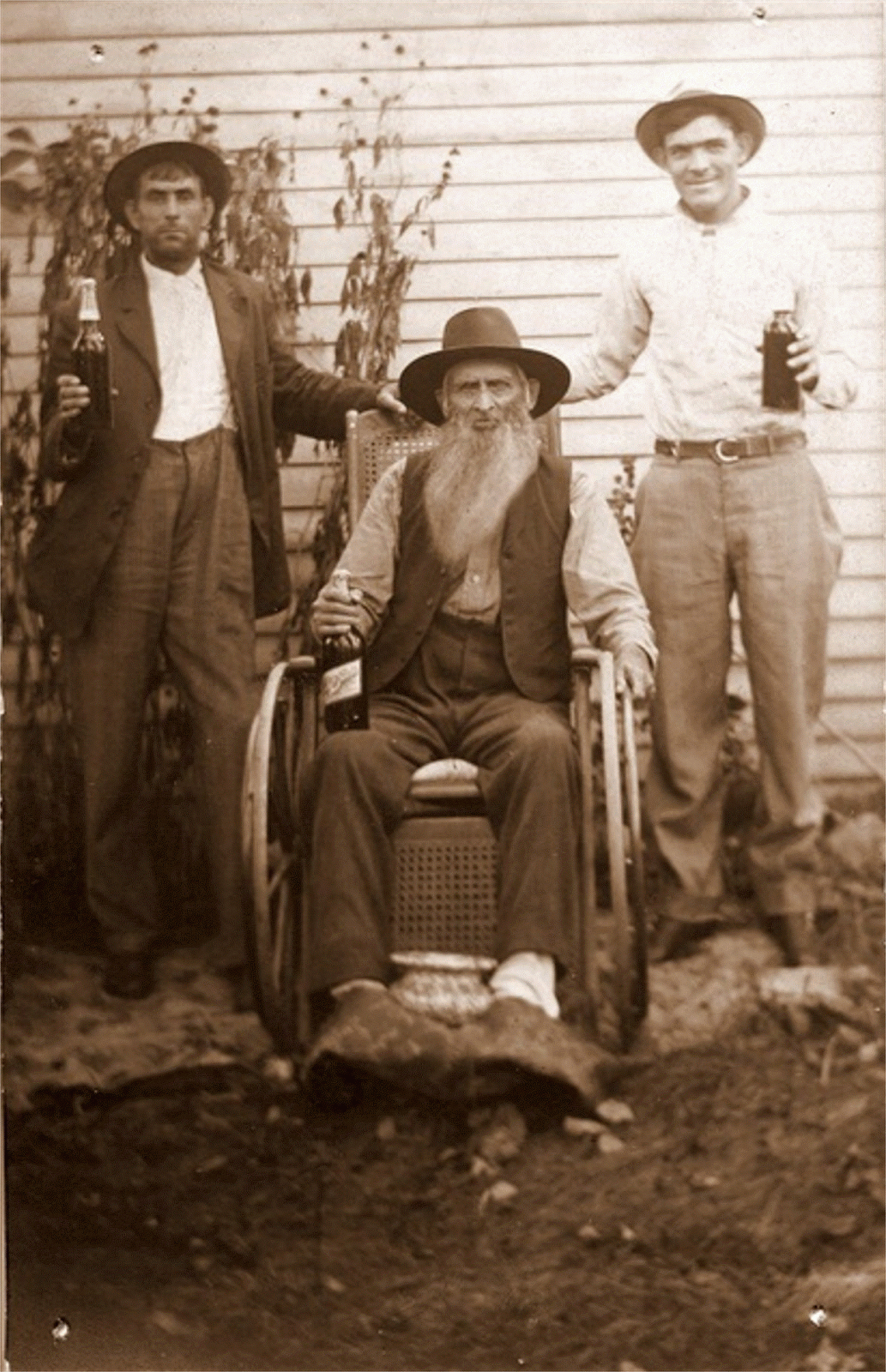Signs
in the Heavens
Pretend and real heavenly events panicked those who looked
for signs in the sun, moon and stars. On September
6, 1881 , the skies over New England ,
Vermont New
Hampshire Northern Canada . This was startling event.
Yellow haze hung in the upper atmosphere undisturbed by a steady breeze. In
some areas the haze reached the ground. Schools were dismissed and workers sent
home or work proceeded under candle light. Chickens roosted, night insects
chirped, birds slept. While some saw it as an interesting phenomenon needing a
good, scientific explanation, many panicked. The Friends Intelligencer
said: “Among those who apprehended that the weird prophecies of the seers of Israel
Abraham
Brown of East
Kingston , New Hampshire Springfield , Massachusetts
‘The sky was draped in a kind of fog, a little too
light for smoke, and a little too dark for steam.’ As all our wise men have
failed to give a scientific reply to the question of your correspondent, allow
me to suggest that a ‘fog which is a little too light for smoke, and a little
too dark for steam’ may properly be called a ‘vapour of smoke’ – and whether it
be from a supernatural cause or from unexplained or unknown natural causes – it
looks, and I have no doubt is one of the wonders of the fulfillment of the
prophecy of Joel, as declared by the apostle Peter in Acts 11, 19 and 20: ‘I
will shew wonders in heaven above, and signs in the earth beneath; blood, and
fire, and vapour of smoke: the sun shall be turned into darkness, and the moon
into blood, before that great and notable day of the Lord come.’[2]
Brown was serious. So were a
multitude of others struck by the similarity between the event and Bible prophecy.
Watch Tower
As we noted in a previous chapter,
Albert Jones focused on the perihelion of planets on June 19, 1881 , mentioning it in Bible Students
Tract number six. He believed Thomas Wilson’s booklet and other similar
predictions supported his expectations. He was not alone. Many outside the Watch
Tower
It is now midnight , and I am just in from the Stars. You know this is the night of the
conjunction of the big stars, that is, the planets, and to-morrow – Sunday – is
to be the end of the world; that is certain so called wise men have said so. I
ope this will prove a blessed Saturday night for you if it is the last one. How
little the beaux that sit in conjunction with their lasses to-night know what
is going on overhead. They don’t know that the big stars of the solar system
move up into a straight line with the sun, to-night. That is so. … If there
isn’t a big disturbance to-morrow, I don’t want to be told … that when the
earth gets out on a dress parade with the sun and other big bodies in the sky
there must of necessity be a big disturbance …. The fact is, I don’t’ believe
that a disturbance will take place.[3]
Speak was right, of course, or we
wouldn’t be writing this and you wouldn’t be reading it. Writers from The
Restitution speculated on the supposed perihelion of planets, taking the
mater seriously. In May 1879, a F. W. Haskell of Lynn ,
Massachusetts
Have
you seen an article in the papers on the conjunction of the four planets with
the sun, which is supposed to explain the pestilence and miasmatic pressure
brought to bear on the earth, and which is to vibrate with convulsions and thus
scatter disease and death to its inhabitants? There was an article in a Boston
Barbour didn’t append an answer to
Haskell’s letter, but in the next issue recommended the booklet published by
Thomas Wilson which we discussed on chapter [#]. Published under two titles,
the one noted by Barbour was Star Prophecies, or a View of Coming Disasters
on the Earth from1881 to 1885, as Viewed from an Atronomical and Astrological
Standpoint. Its ideas persuaded readers of both magazines. Wilson
[1] Yellow Day: Friends Intelligencer, September 17, 1881 , page 489.
[2] Quoted in Historic Magazine and Notes and Querries¸
October/November 1882, page 66.
[3] Letter from an Old Jacksonian Democrat, Mifflintown ,
Pennsylvania June 22, 1881 .
[4] F. W. Haskell to Barbour in the May 1879 Herald of
the Morning, page 56.




















